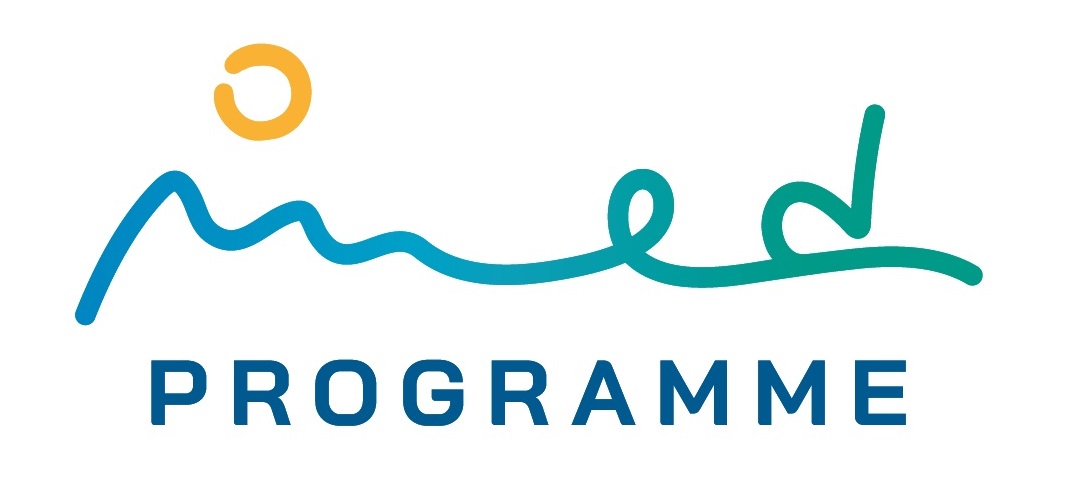Invisible Threat - New POPs in Water

During the 2nd Annual Stocktaking Meeting (22-24 April 2024, Podgorica - Montenegro) of the GEF-funded MedProgramme, a roundtable on "Invisible Threat: New Persistent Organic Pollutants (POPs) in Water – Challenges in Detection and Prevention" was co-led by MedWaves – the UNEP/MAP Regional Activity Centre for Sustainable Consumption and Production and Regional Centre for the Stockholm Convention – together with the EBRD.
Both institutions, representing different Child Projects under the MedProgramme, joined forces in an exemplary collaboration to bring the new POPs in water problems to the attention of the Mediterranean countries.
The aim of the roundtable was to address the challenges related to identifying and preventing new POPs as emerging pollutants in water systems by bringing real-life cases that highlights the intricate connection between water and POPs, emphasizing the urgent need for legislators and countries to address this pressing issue.
Exposure to POPs can lead to serious health effects including certain cancers, birth defects, dysfunctional immune and reproductive systems, greater susceptibility to disease and damages to the central and peripheral nervous systems. These pollutants can become widely distributed geographically, accumulate in the fatty tissue of humans and wildlife, and have harmful impacts on human health and the environment. The challenge of addressing POPs is beyond the work of one government acting alone.
The roundtable provided several key information to the participants:
- Ongoing expansion of the list of "new POPs" under the Stockholm Convention following thorough assessments by the POPs Review Committee. In May 2023, Annex A to the Stockholm Convention has been amended to include methoxychlor (without specific exemptions, decision SC-11/9), dechlorane plus (with specific exemptions, decision SC-11/10) and UV-328 (with specific exemptions, decisions SC-11/11).
- Forever Pollution Project published in Le Monde in 2023 mapping the known and presumed PFAS pollution problem across Europe through a cross-disciplinary investigation led by journalists.
- No one is immune to POPs as revealed in a recent study highlighting presence of PFAS in the blood of the EU politicians.
- PFAS – well known as "forever chemicals" – are only a subgroup of POPs representing thousands of synthetic chemicals. PFAS is present in various items such as non-stick cookware, upholstery, fire-fighting foams, and food packaging.
- In view of the public health concerns of PFAS, the World Health Organization (WHO) initiated the development of a background document for the Guidelines for Drinking-Water Quality on PFAS in Drinking Water
- On 10 April 2024, US EPA announced the final National Primary Drinking Water Regulation, establishing legally enforceable levels, called Maximum Contaminant Levels (MCLs), for six PFAS in drinking water.
- Challenges and limitations in detection methods, not all POPs can be accurately determined in every matrix, and different methods may yield vastly different results.
The roundtable participants from the ministries, academia and executing partners highlighted the following areas of future action needs:
- Identification and prioritization of main industrial sources of new POPs produced/released/imported at national level to channel efforts to eliminate use and their introduction to the ecosystem.
- Tailor made country specific capacity building is necessary to raise awareness on new POPs for all relevant institutions (e.g. environmental regulators, industry, customs).
By highlighting this critical global issue, the roundtable sought to bring the hidden threat of POPs into the spotlight and emphasize the urgent need for collective action. Effective solutions to this widespread environmental challenge can only be achieved through international cooperation.
News on the roundtable is available at MedWaves and IW:Learn.